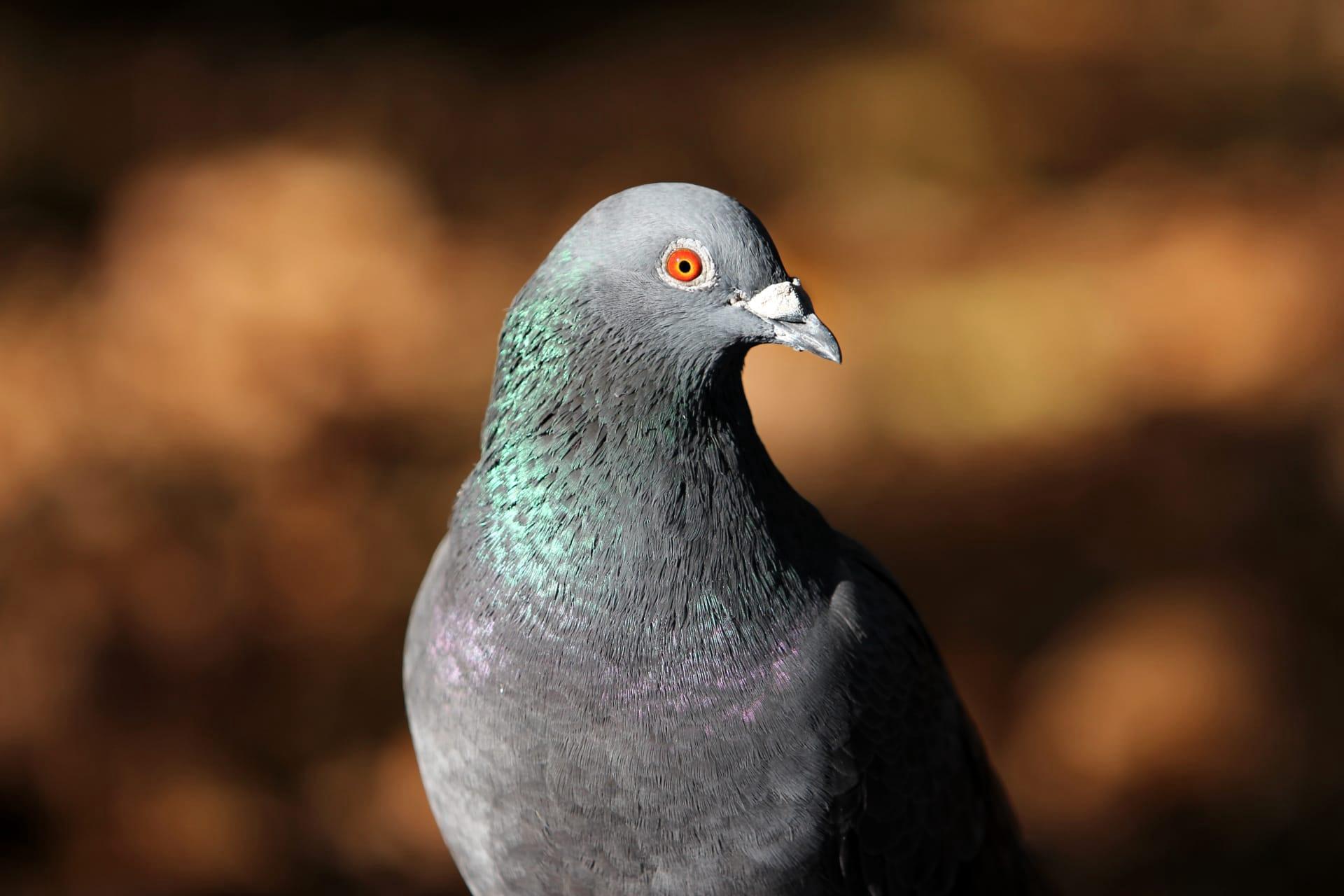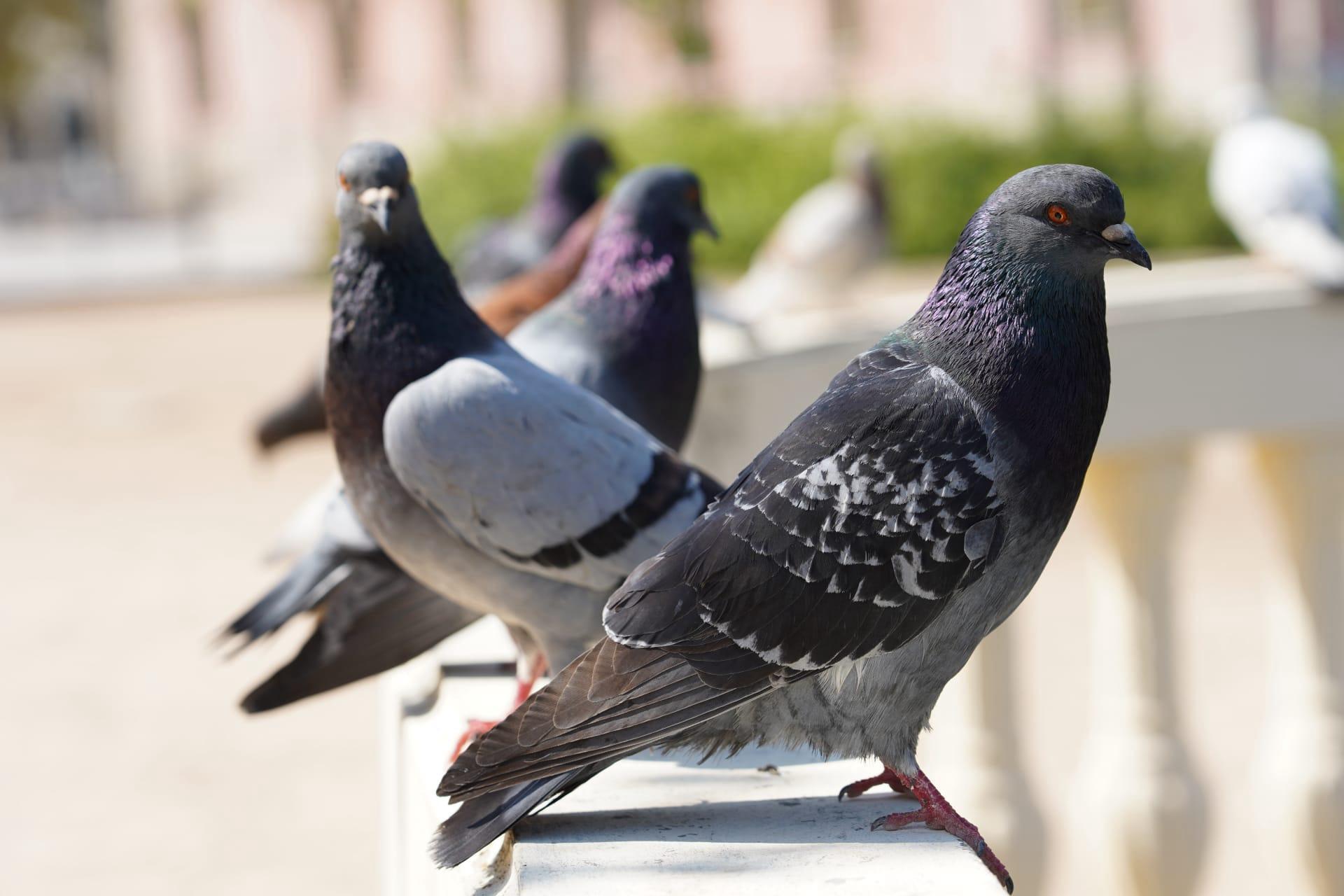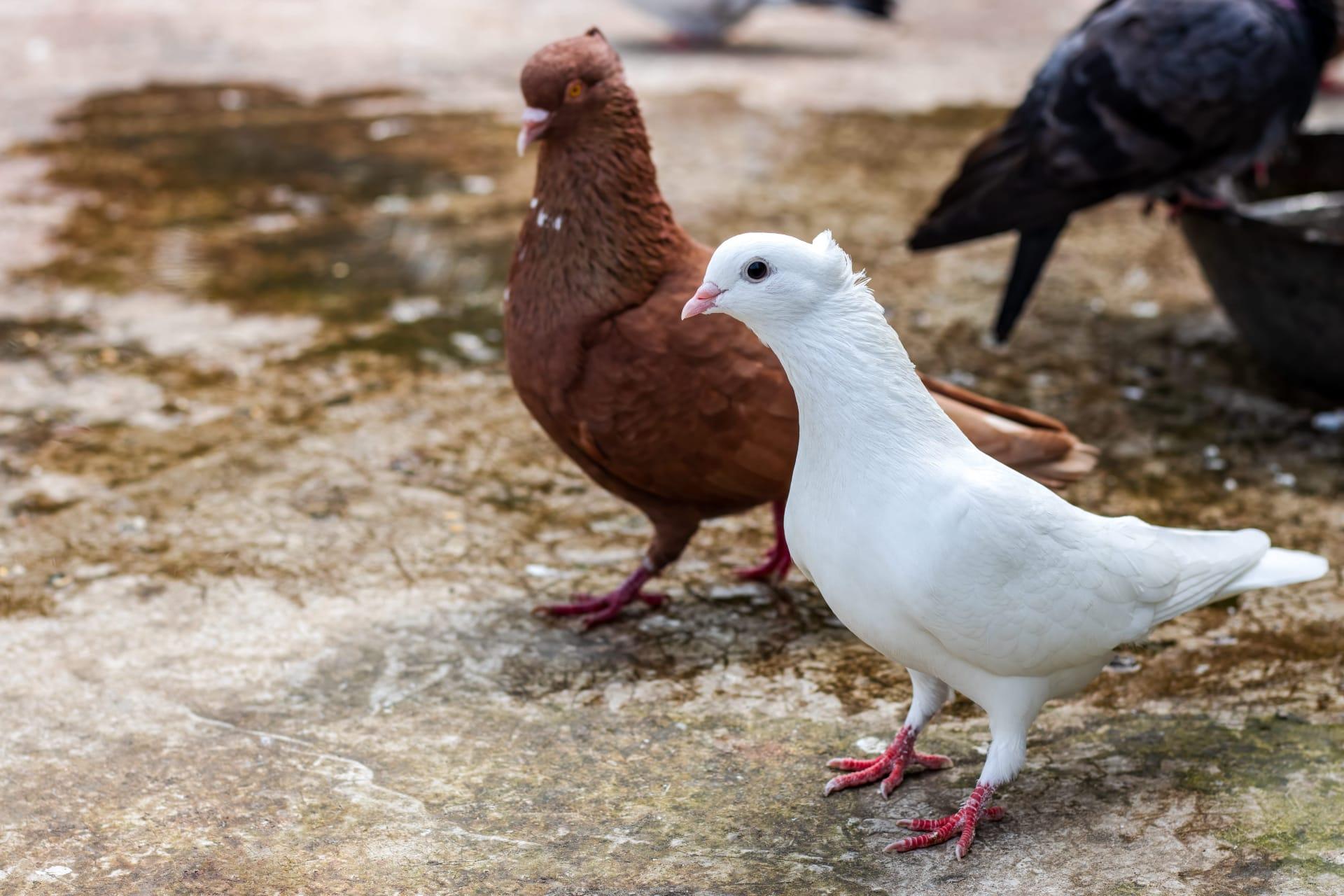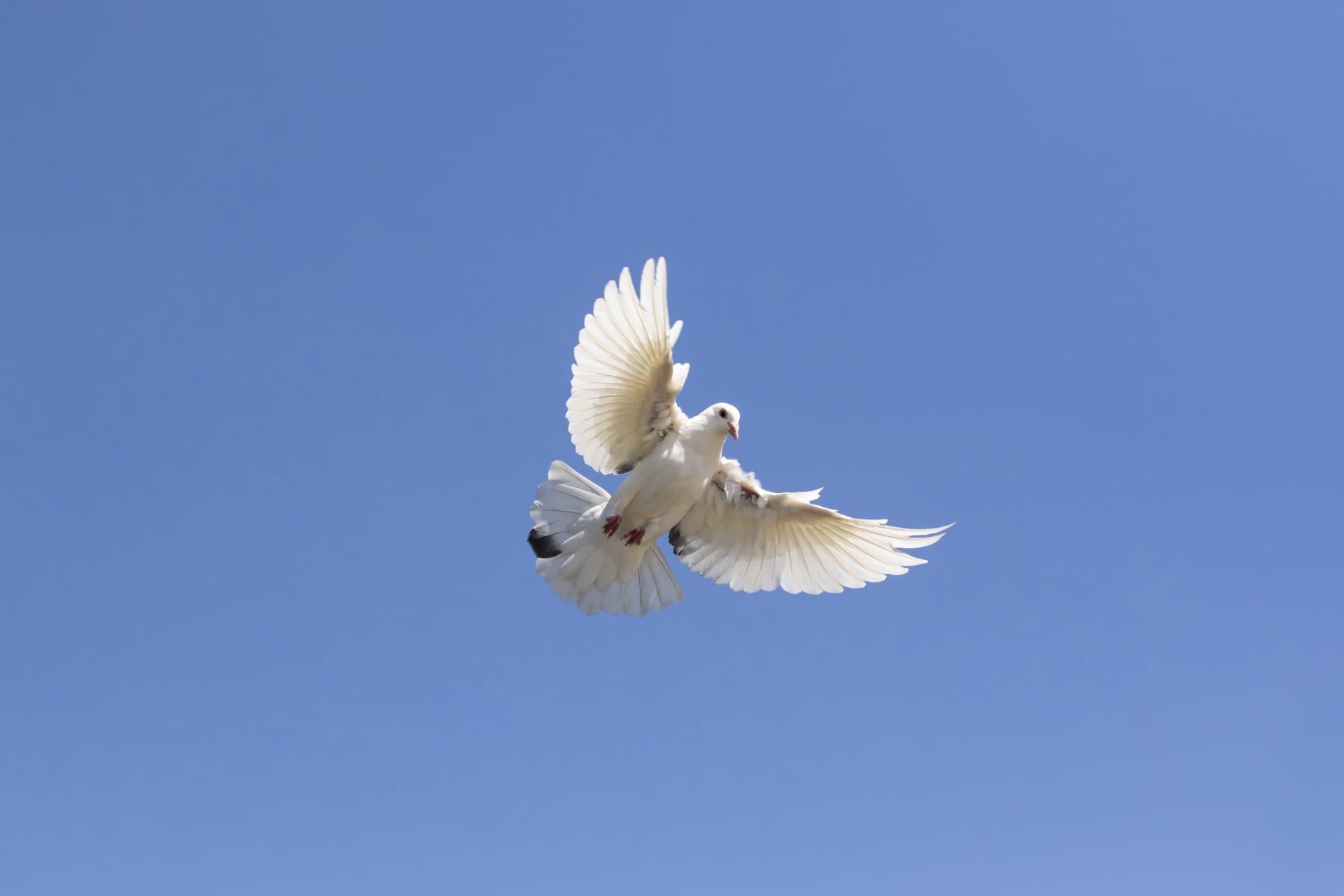Pigeon
- Home /
- Mini Encyclopedia /
- Animal /
- Pigeon
1
Pigeons, known scientifically as Columbidae, are a diverse family of birds with over 310 species. The most familiar species to many is the Rock Pigeon (Columba livia), which has been domesticated for thousands of years. These birds vary in size, color, and behavior, but they typically have stout bodies, short necks, and short, slender bills. Their size can range from the tiny 6-inch-long New World Dwarf Pigeons to the impressive Crowned Pigeons of New Guinea, which can reach up to 30 inches in length.
The distribution of pigeons is almost worldwide, with the greatest variety in the Indomalayan and Australasian realms. They are found on every continent except Antarctica, adapting to a wide range of habitats from tropical rainforests to deserts. Pigeons are also highly adaptable to urban environments, which is why many species, particularly the Rock Pigeon, are common in cities around the world. Some species have a very small range; for example, the Mauritius Pink Pigeon is native only to a small area of Mauritius.

2
Question: Are pigeons dirty and disease-ridden?
Answer: This is a common misconception. Pigeons, like any other urban wildlife, can carry diseases, but they are not inherently dirty. Studies have shown that the majority of pigeons are free from disease and pose minimal health risks to humans. They can, however, carry parasites like fleas, ticks, and mites, which can spread to people. However, the risk of transmission is relatively low, especially if basic hygiene practices are followed. Pigeons often get a bad reputation because of their large numbers in urban areas and their habit of roosting on buildings, which can lead to accumulations of droppings.

3
Pigeons have several strategies for survival. One key strategy is their ability to adapt to various environments, especially urban areas. They are opportunistic feeders and will eat a variety of foods, which makes city life ideal for them. Pigeons primarily eat seeds and fruits, but in cities, they readily consume human food scraps. This adaptability in diet is crucial for their survival in diverse habitats.
Another survival strategy is their breeding behavior. Pigeons can breed year-round, with peak times in the warmer months. They typically lay two eggs at a time, and both parents take turns incubating them. This frequent breeding means that pigeon populations can rapidly increase under favorable conditions. Additionally, pigeons have excellent navigation abilities, which help them return to their nests even over long distances.

4
In ecosystems, pigeons play several roles. They are important as seed dispersers, especially for plants whose seeds are small enough to be eaten and passed through their digestive system. This seed dispersal aids in plant diversity and regeneration, especially in urban and disturbed environments where pigeons are common.
Pigeons also serve as a food source for predators. In urban areas, they are often preyed upon by birds of prey like Peregrine Falcons and Cooper's Hawks. This predation plays a role in controlling pigeon populations and contributes to the urban food chain. Moreover, pigeons can also be indicators of environmental health, as changes in their populations can signal shifts in urban ecosystem conditions.

5
Film: "The Wild Parrots of Telegraph Hill" (2003, United States) is not exclusively about pigeons but offers an insightful look at urban bird life. This documentary focuses on a flock of wild parrots in San Francisco, along with their interaction with a local musician who cares for them. While it centers on parrots, the film provides a broader understanding of urban birds, including pigeons, and their interaction with humans in a city environment.
Book: "Pigeons: The Fascinating Saga of the World's Most Revered and Reviled Bird" (2006, United States) by Andrew D. Blechman. This book offers a comprehensive look at pigeons, exploring their history, their relationship with humans, and their role in society. Blechman's work delves into various aspects of pigeon life, from racing to their use in wartime communication.
Book: "Superdove: How the Pigeon Took Manhattan... And the World" (2008, United States) by Courtney Humphries. This book explores the story of how pigeons came to dominate urban landscapes around the world. Humphries provides a detailed account of the pigeon's natural history, its role in urban ecosystems, and the love-hate relationship humans have with these ubiquitous birds.